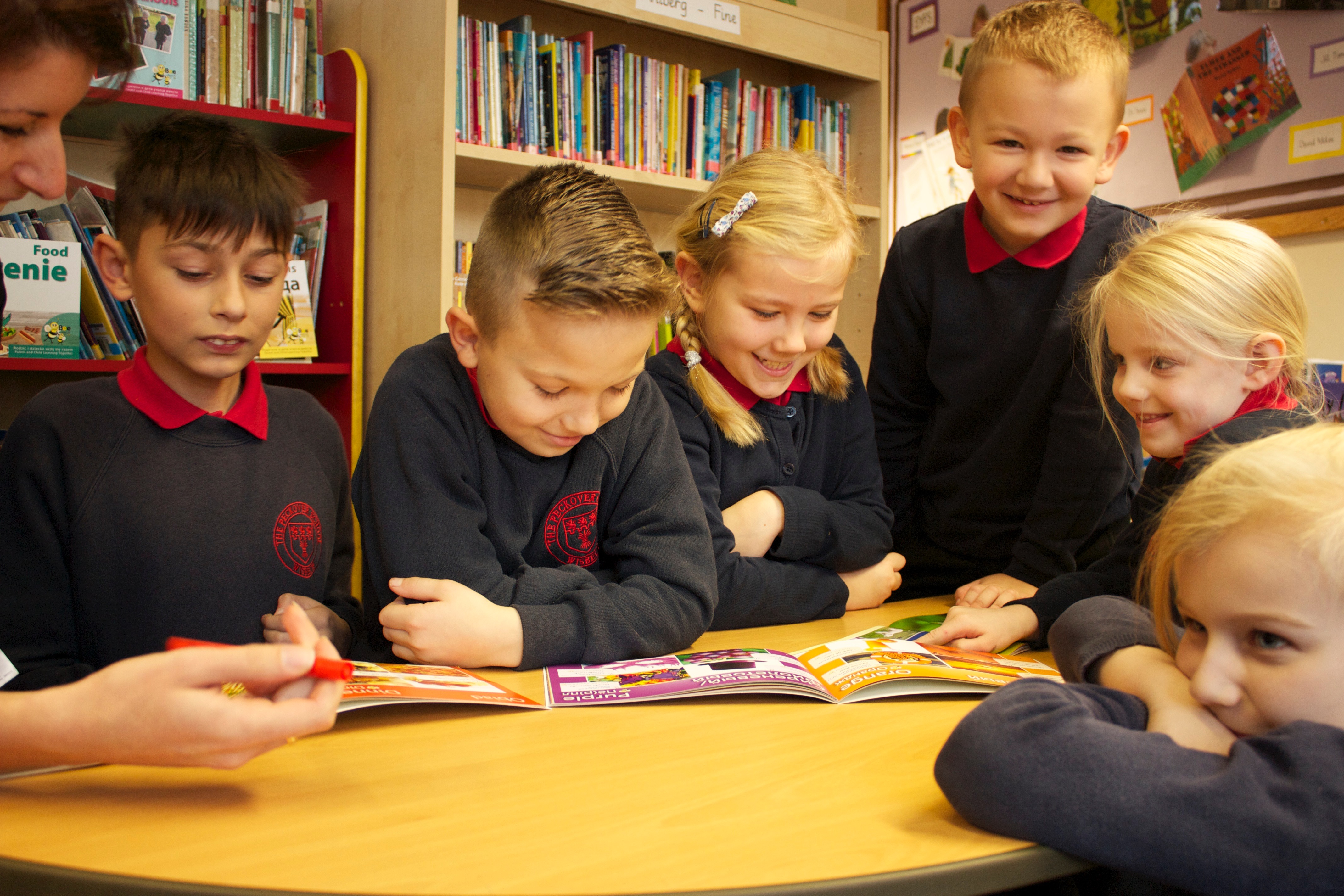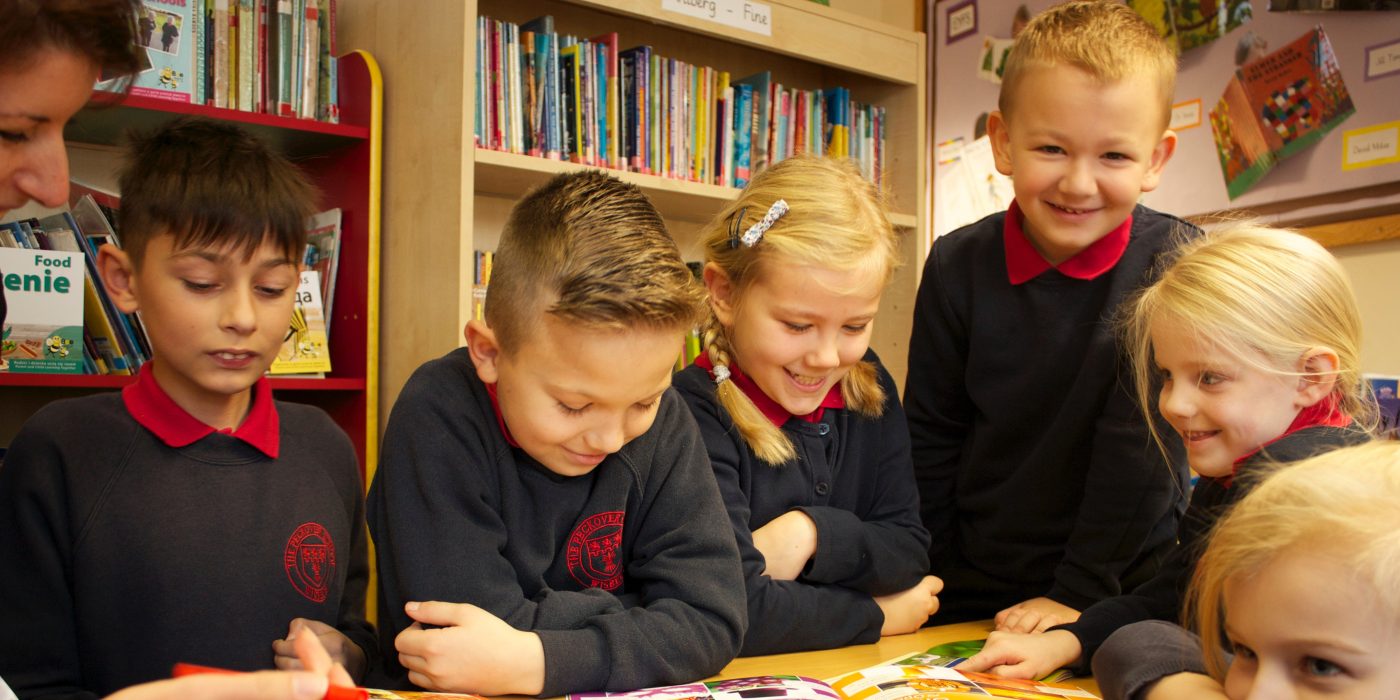Carrie Norman is a former EAL Lead and a current primary school principal. She started Beelingual UK – a publisher of multilingual children’s books – in response to the needs she saw in school.

Our EAL pupils have always achieved well with a visual, creative and language-rich curriculum, but it wasn’t until we really embraced and developed their first languages in school that we really reaped the benefits.
I am the Principal of a Primary school in Wisbech, Cambridgeshire, and a director of Beelingual UK. My former life was that of a Lead teacher for EAL in Cambridgeshire. When I became Principal, my school had 48% EAL pupils. Our first step was to completely re-write the curriculum, to make our topics fully integrated and immersive with themes based on film and drama, such as ‘Titanic.’ This made the curriculum accessible and engaging for all. Our ethos was ‘talk, talk and more talk’ and we structured oral language using the excellent ‘Progression in Language Structures’ written by the Tower Hamlets EMA team.
However, we found that once our pupils had acquired English to a level where they could hold a conversation fluently, and read and write in English, the progress of some pupils began to plateau. Often these were pupils who were no longer speaking in their first language much at home, not reading first language books, and were even beginning to lose first language. In short they had a limited first language from which to try to build English. I was shocked to learn from colleagues that, at one school they recently visited, EAL parents were being advised to speak only in English at home! So, using the resources we were developing as Beelingual, we introduced a whole raft of strategies to develop a rich vocabulary in first language and subsequently in English:
- We sent a set of our ‘Beelingual’ dual language books home with every child, to read stories in first language and English with their parents.
- We used our bilingual teaching assistants to lead daily first language discussion groups to develop a challenging and rich vocabulary.
- We used colourful discussion mats to pre-teach pupils in first language and English.We used these alongside sentence stems based on ‘Progression in Language Structures’.
- Our pastoral team use first language emotion cards to help pupils describe and explain how they are feeling.
- We adopted a ‘no hands up’ policy to encourage class discussion.
- We teach the whole school songs in first language and English.
We designed these materials for our classrooms, but have also made them available through Beelingual UK so that everyone can use them.
Our progress last year for EAL pupils on FFT was sig+. I know it’s not all about results and Ofsted, but as a Principal you need these successes to be rated ‘good’ or better in order to take the school in the direction you want. I absolutely love my school and think the vibrancy that diversity brings makes it a special place. I am still in awe of the bilingual TAs and EAL pupils sharing quality books in first language and English, switching from one language to the next effortlessly, and I especially enjoy seeing traditional tales, such as ‘The Gingerbread Man’ being shared in Early Years and Year 1.
In short – celebrate and nurture first language and reap the rewards!

Beelingual UK’s website is currently under construction, but they can be contacted at: lucy@beelingualuk.com. They stock a wide range of dual-language books and resources.
The next issue of the EAL Journal will focus on children’s literature, celebrating the diversity and multilingualism of our classrooms and the books that reflect them. It’s only available to members, so get yours by joining NALDIC!

The EAL Journal is published termly by NALDIC, the subject association for EAL. Visit www.naldic.org.uk to become a member.


